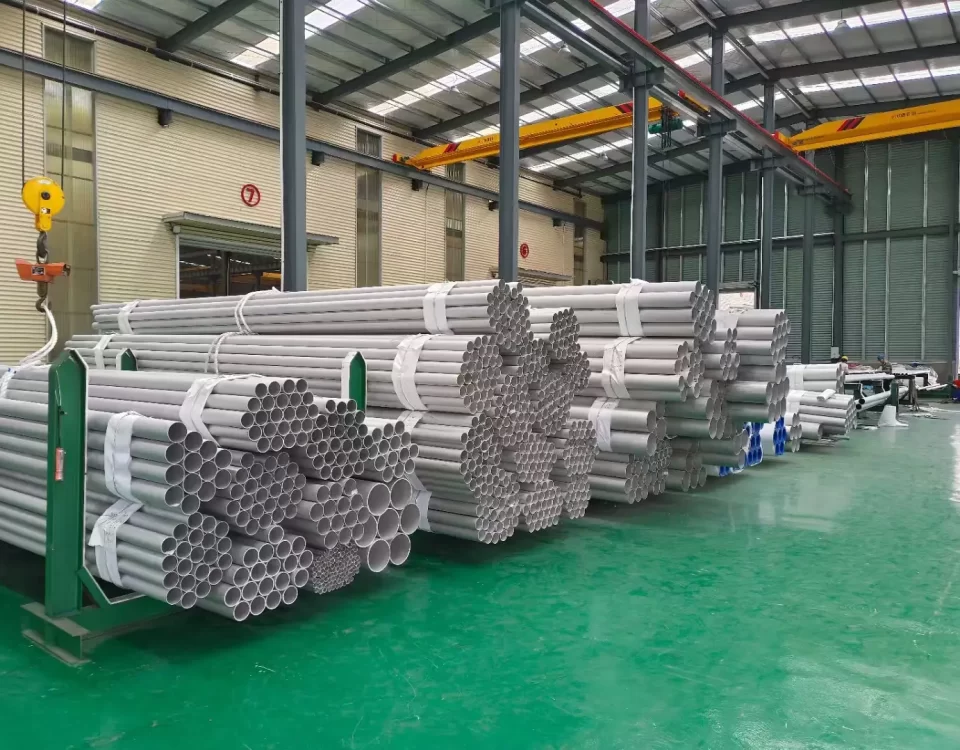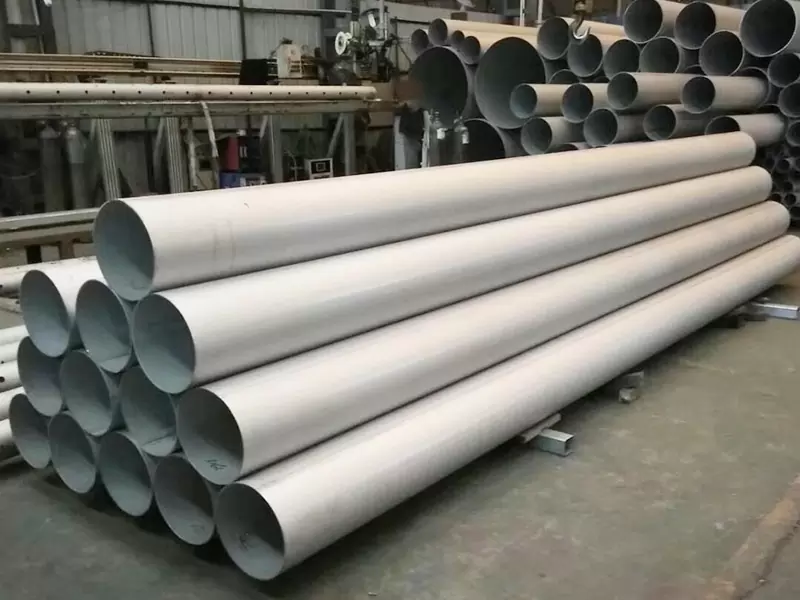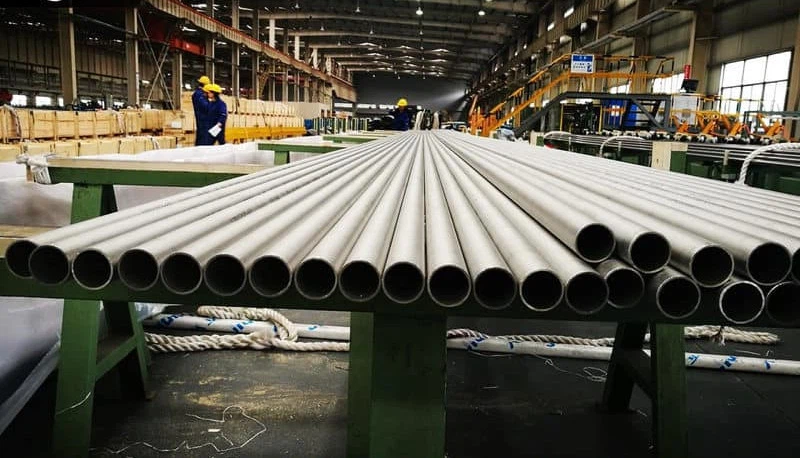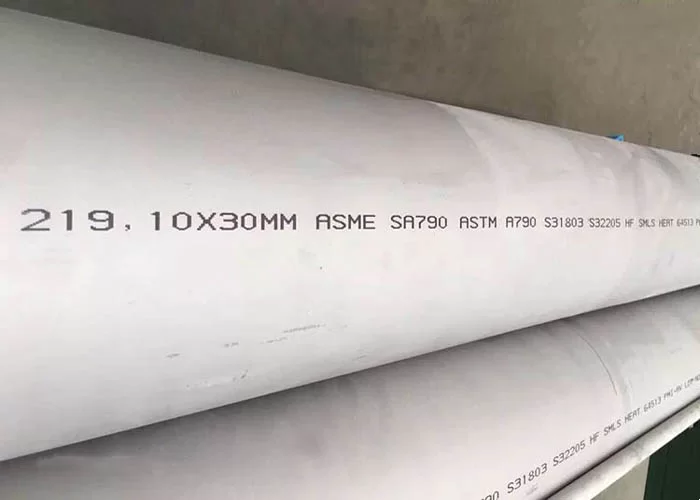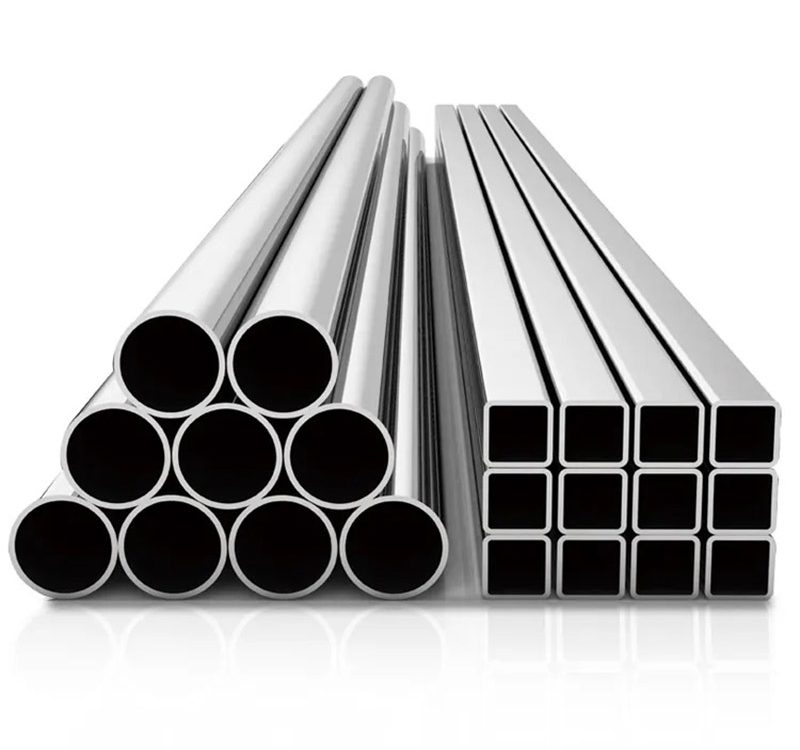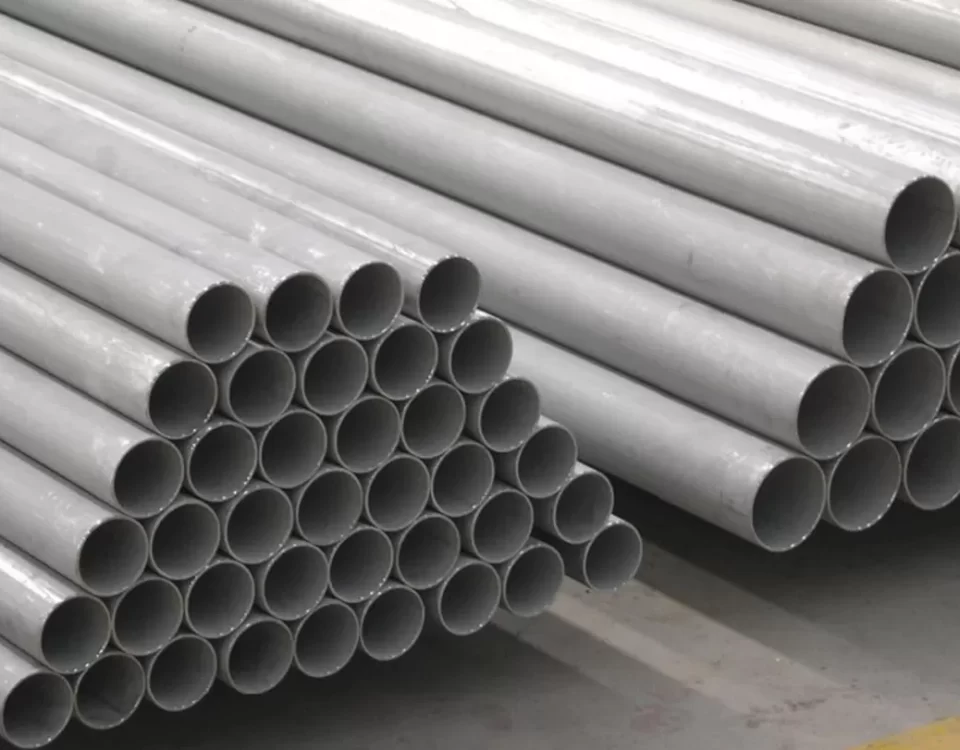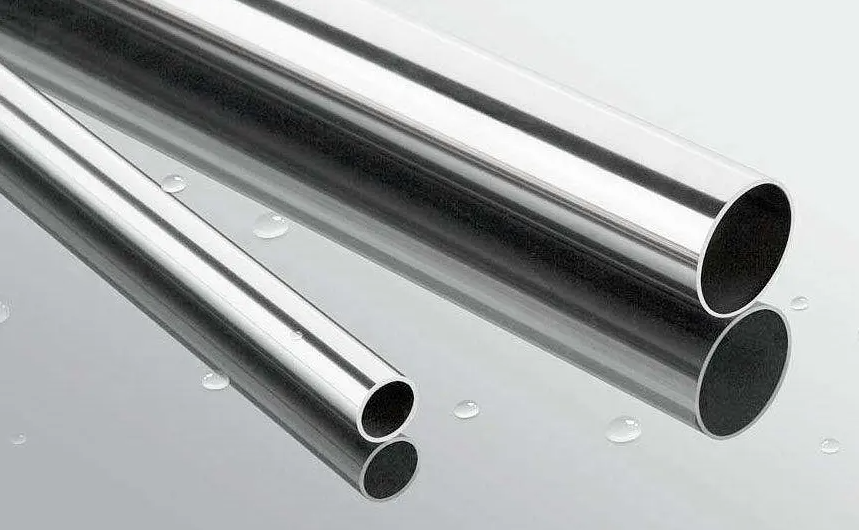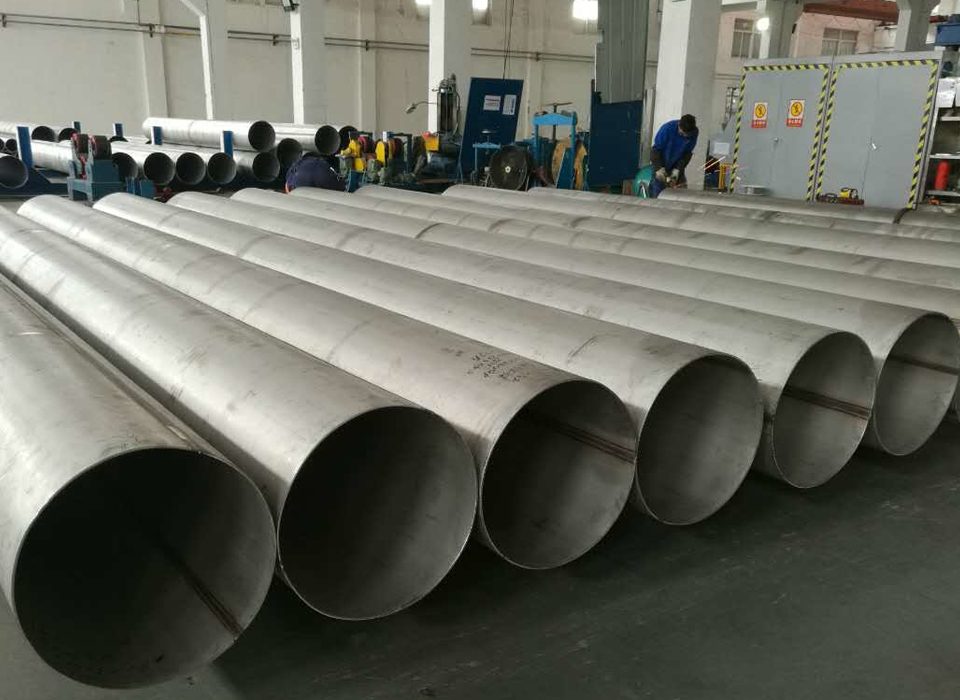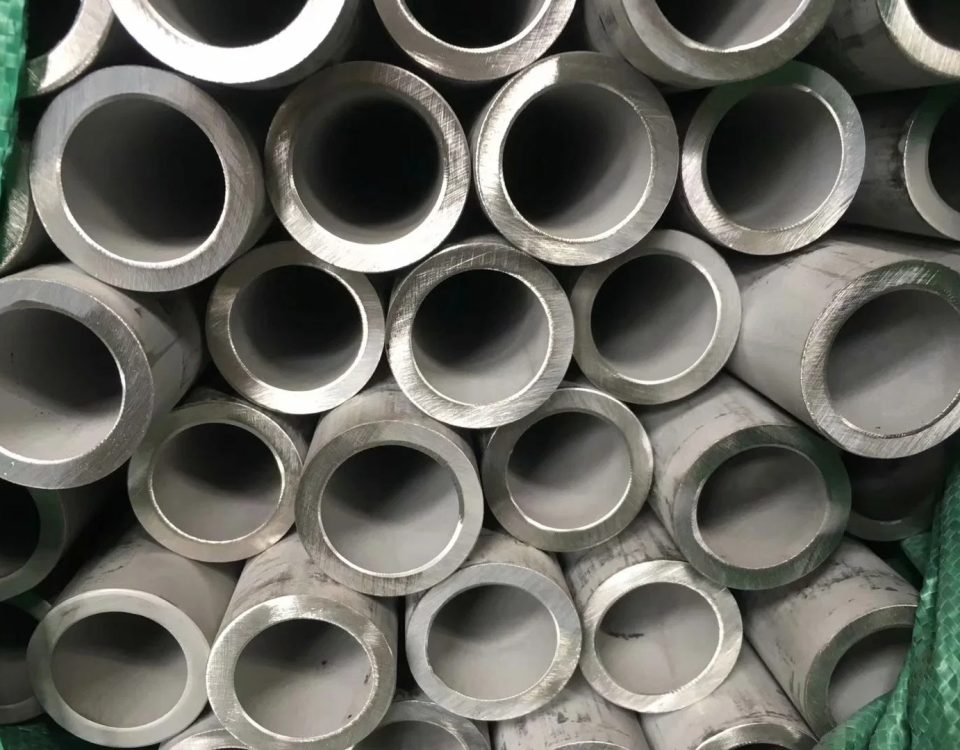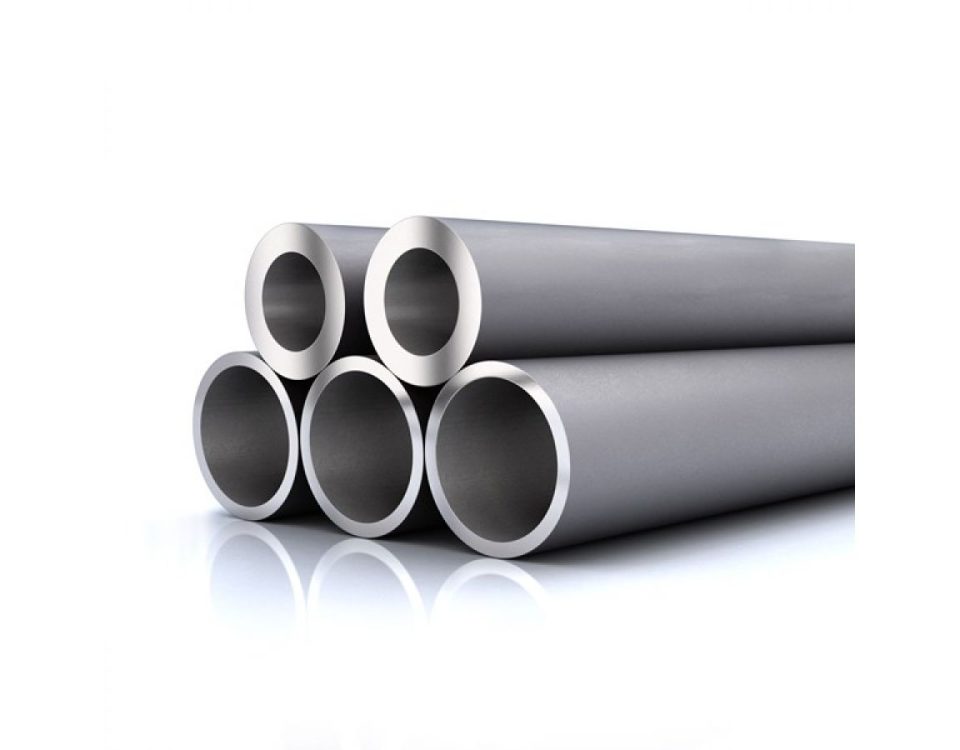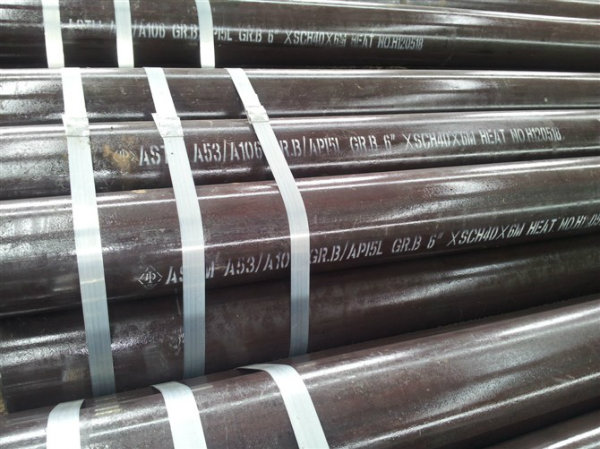
API 5L / ASTM A106 / A53 Gr. B Seamless Carbon Steel Tube / Pipe
November 28, 2018Asia’s steel trade faces multiple challenges
December 5, 2018Stainless Steel 446 is a high chromium ferritic stainless steel commonly used for high-temperature applications where excellent resistance to the effect of scaling and corrosion is needed. Below are some specific features of 446 Stainless Steel pipes:
Properties and Characteristics
- High Temperature Resistance: 446 stainless steel has excellent resistance to scaling and oxidation up to 2000°F (1093°C). This makes it ideal for applications in furnaces, kilns, annealing and hardening boxes, and thermal cycling processes.
- Corrosion Resistance: This type of stainless steel has a high chromium content, providing strong resistance to various forms of corrosion including sulfidation and other hot corrosive gases.
- Strength: 446 stainless steel maintains good strength and creep resistance at high temperatures, making it suitable for structural and pressure-containing applications at elevated temperatures.
Applications
Due to its unique properties, 446 stainless steel pipes are used in a variety of industrial applications, including:
- Furnace parts
- Burner shields
- Muffles
- Annealing boxes
- Industrial heating pipes
- Electrical heating elements
- Thermal processing
- Food processing equipment
Manufacturing
446 Stainless Steel pipes can be produced using various methods, including seamless, Electric Resistance Welded (ERW), Electric Fusion Welded (EFW), and welded. The choice of manufacturing process depends on the intended application, required size, and pressure ratings.
Precautions
While 446 stainless steel provides high-temperature resistance, it’s not recommended for applications requiring exposure to temperatures exceeding 2000°F (1093°C) due to rapid grain growth which can result in reduced ductility. It’s also not recommended for usage in highly carburizing atmospheres.
Stainless Steel 446 is a high chromium ferritic stainless steel, commonly used in high-temperature applications where resistance to the effect of scaling and corrosion is necessary. It also has good resistance to oxidation in various environments up to 1095 degrees Celsius.
| Dimensions | : | ASTM, ASME, and API |
| Standards | : | GB/T 14975-2002, GB/T 14976-2002, GB 13296-91, API, ASTM A213, ASTM A312, ASTM A269, JIS G3459, JIS G3463, JIS G3448, DIN17458 |
| 446 Pipes & Tubes | : | 1/2″ NB – 24″ NB |
| ERW 446 Pipes & Tubes | : | 1/2″ NB – 24″ NB |
| EFW 446 Pipes & Tubes | : | 6″ NB – 100″ NB |
| Tubing Size | : | 1/8″NB TO 30″NB IN |
| Specialized in | : | Large Diameter Size |
| Schedule | : | SCH20, SCH30, SCH40, STD, SCH80, XS, SCH60, SCH80, SCH120, SCH140, SCH160, XXS |
Equivalent Grades
Stainless Steel 446 is known by different names or equivalents depending on the standard:
- UNS: S44600
- AISI: 446
- EN/DIN: 1.4762 / X10CrAl24
- AFNOR: Z10CAS24
Chemical Composition
The typical chemical composition for Stainless Steel 446 is as follows:
- Carbon (C): 0.20% max
- Manganese (Mn): 1.50% max
- Silicon (Si): 1.00% max
- Phosphorus (P): 0.040% max
- Sulfur (S): 0.030% max
- Chromium (Cr): 23.0-27.0%
- Iron (Fe): Balance
This high chromium content gives Stainless Steel 446 its excellent resistance to oxidation and corrosion.
Mechanical Properties
The mechanical properties of Stainless Steel 446 can also vary somewhat depending on the exact specification and heat treatment. However, typical properties would be:
- Tensile Strength: 485 MPa min
- Yield Strength (0.2% Offset): 275 MPa min
- Elongation in 2″: 20% min
- Hardness (Brinell): 217 BHN max
Different types of stainless steel 446 pipes have different applications and properties:
- Stainless Steel 446 Seamless Pipes: Seamless pipes are manufactured from a solid round steel billet which is heated and pushed over a form until the steel is shaped into a hollow tube. Seamless pipes are known for their increased ability to withstand pressure. They’re often used in high-pressure applications, such as oil and gas exploration.
- Stainless Steel 446 ERW (Electric Resistance Welded) Pipes: ERW pipes are made by rolling a plate and welding the seam, resulting in a pipe with a longitudinal seam. ERW pipes are typically used in low to medium pressure applications.
- Stainless Steel 446 EFW (Electric Fusion Welded) Pipes: EFW pipes are similar to ERW pipes, but the welding process involves an electric arc between the consumable electrode and the pipe material. The heat generated from the arc forms a molten metal that cools and solidifies to form the joint. EFW pipes are often used in larger diameter applications where high-quality welds are required.
- Stainless Steel 446 Welded Pipes: Welded pipes are made by forming a flat piece of steel into a cylindrical shape and then welding the edges together. Welded pipes are typically cheaper than seamless pipes and are used in structural applications and in larger diameter pipe for transportation of water, gas, and oil.
- Stainless Steel 446 Rectangular Pipes: These pipes have a rectangular cross-section and are used in structural applications, or applications where a round pipe wouldn’t be as efficient. Rectangular pipes can also be used for aesthetic purposes in architectural designs.
Overall, the choice of pipe type depends on the specific requirements of the project, including the pressure the pipe needs to withstand, the environment in which it will be used, and the budget available.


